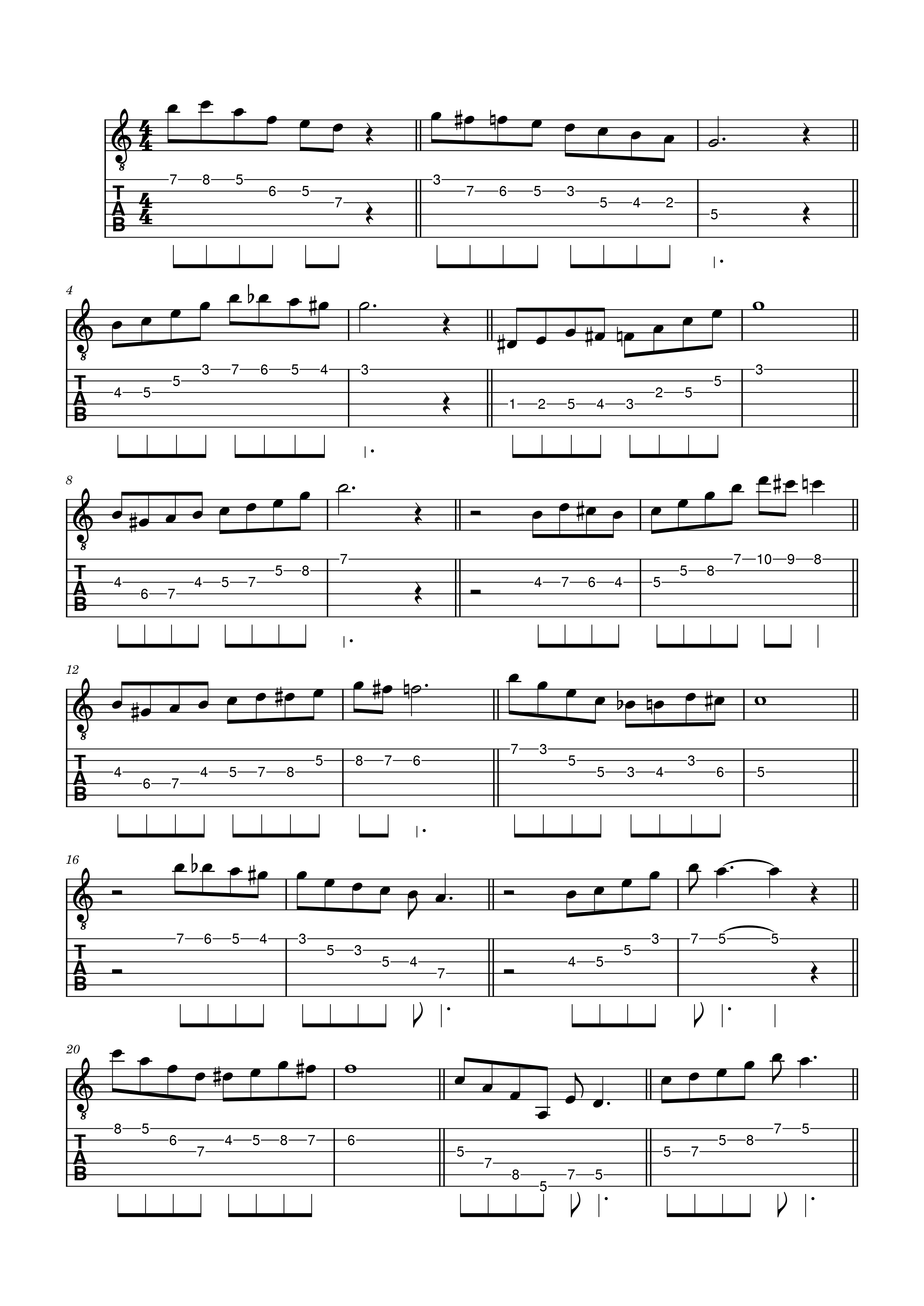Are you an aspiring jazz guitarist looking to embark on a musical journey into the captivating world of jazz? Whether you’re transitioning from other genres or starting from scratch, mastering jazz guitar involves embracing its unique language and techniques. Here are five essential tips to help beginners navigate this thrilling musical terrain.
- Embrace Jazz Standards
A fundamental step in your jazz guitar journey is immersing yourself in jazz standards, particularly focusing on Charlie Parker’s heads and iconic tunes. These pieces serve as the cornerstone of jazz vocabulary. Break down these tunes into smaller phrases to build your repertoire and deepen your understanding of the jazz language. - Transitioning Chord Shapes
If you’re accustomed to chunky chords from other genres, it’s time to explore smaller, more intricate chord shapes devoid of repetitions. Emphasize smooth voice leading within chord progressions to create a fluid and authentic jazz sound. Learn to recognize common jazz chord progressions like the 1625 pattern to streamline your learning process. - Explore Constant Structure Voicings
Dive into the modern realms of jazz and R&B, where constant chord structures reign supreme. These voicings allow for easy transposition across different keys and contribute to a contemporary sound. Experiment with these structures to infuse freshness into your jazz repertoire. - Develop Transposition Skills
Transposition is a critical skill in jazz. Practice transposing licks and chord progressions into various keys. This skill is invaluable, considering that jazz standards are often played in different keys. Strengthening your ability to play in different tonalities will significantly expand your musical flexibility. - Mastering the Swing Feel
Swing feel is the heartbeat of jazz. Mastery of this rhythmic technique can transform simple notes into a mesmerizing melody. Focus on playing with the right swing feel, as it can make even simpler arrangements sound remarkably vibrant and characteristic of jazz music.

